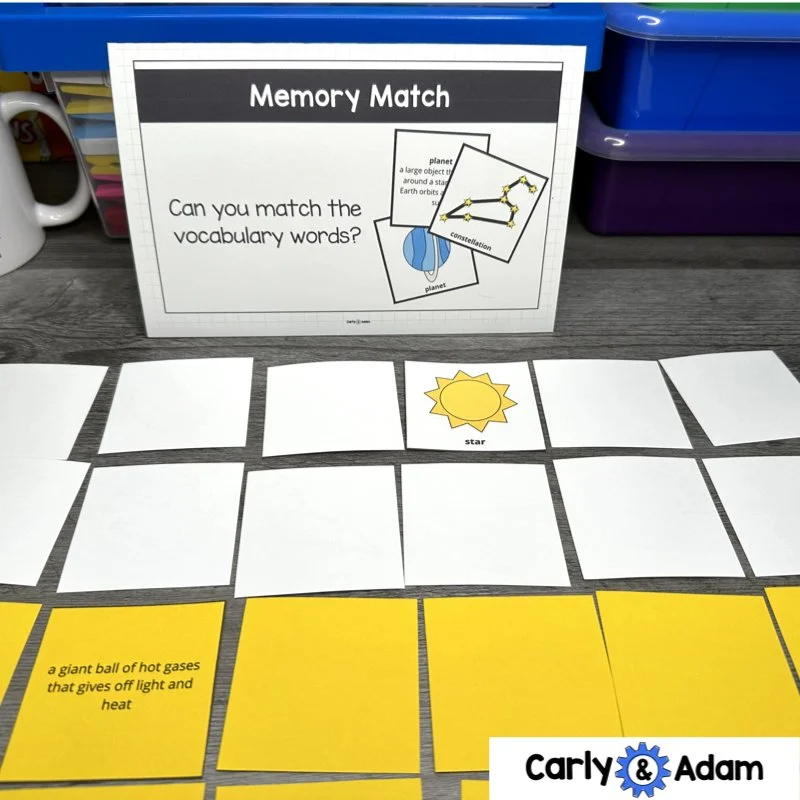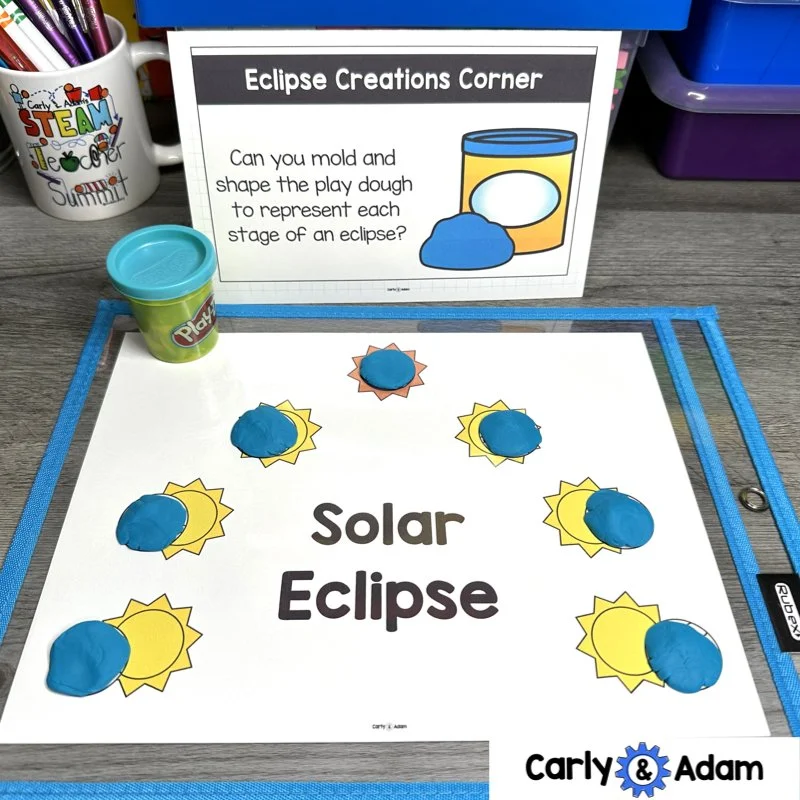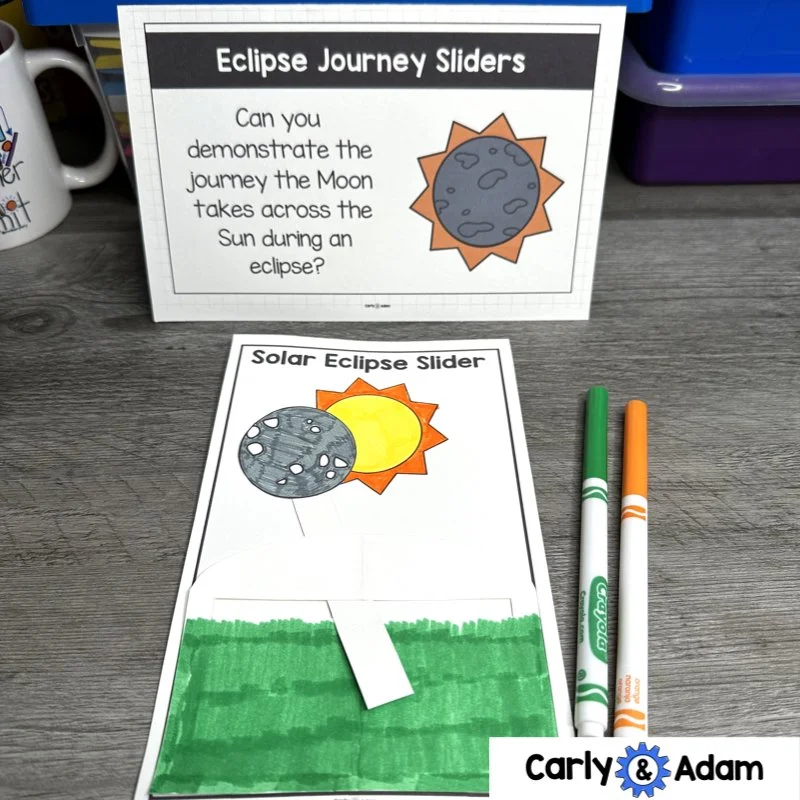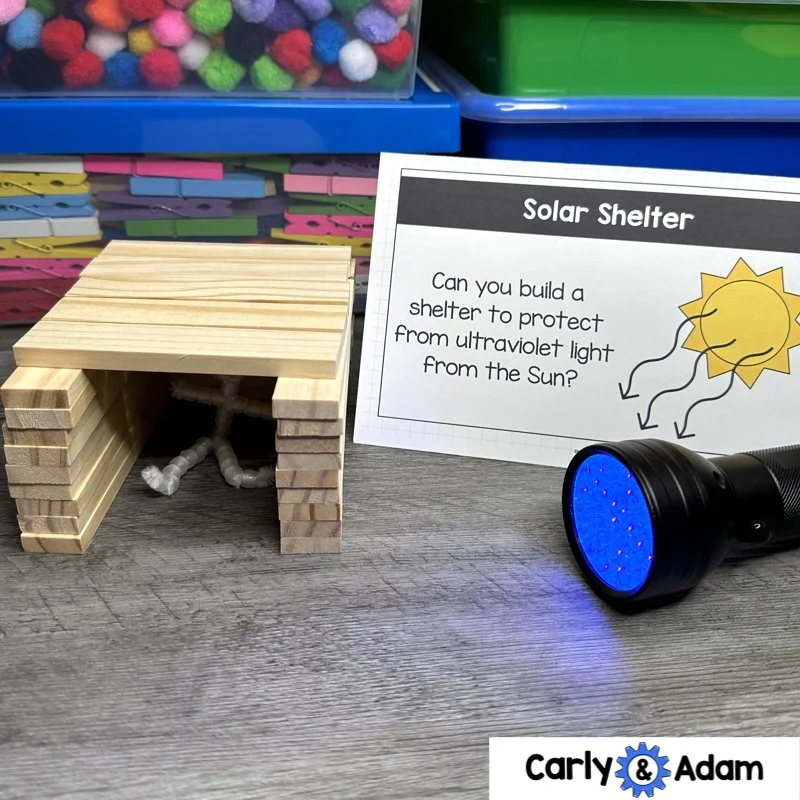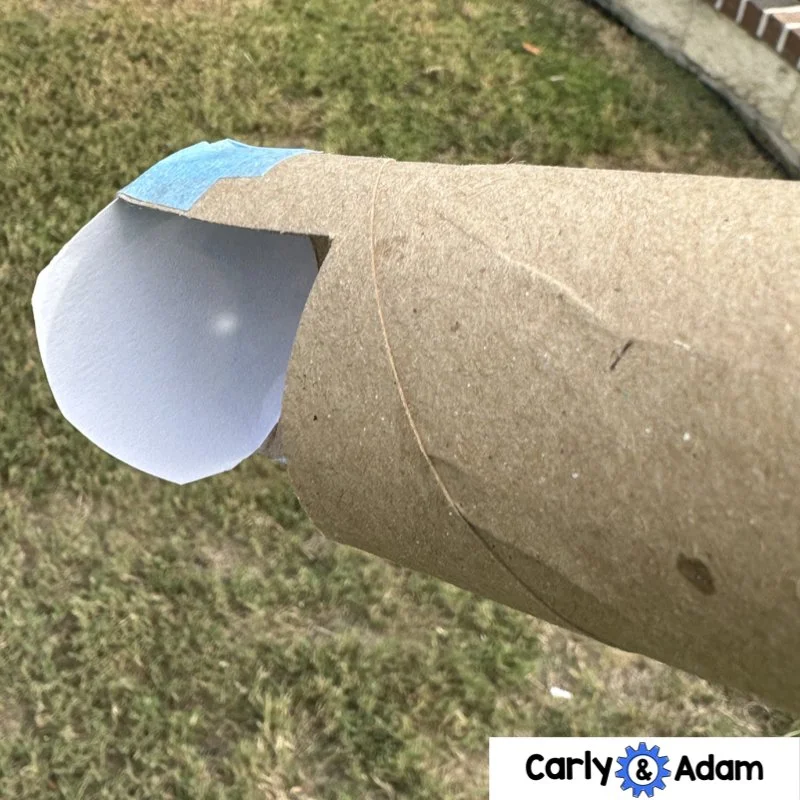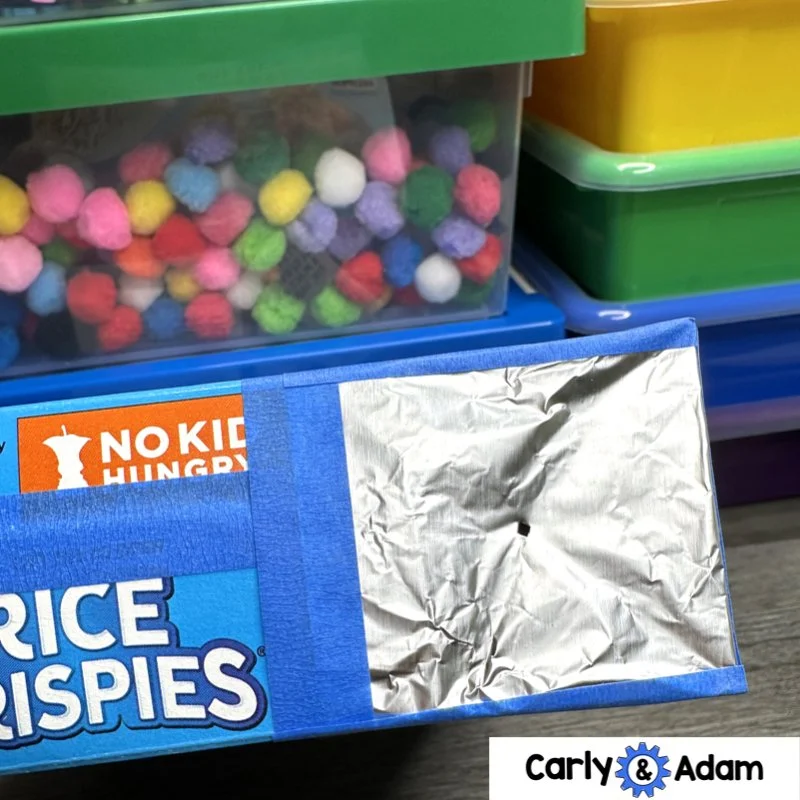Solar Eclipse Activities For Kids
A solar eclipse is not just an awe-inspiring celestial event; it's a fantastic opportunity for learning and fun, especially for kids. This natural phenomenon, where the moon passes between the Earth and the Sun, briefly turning day into night, can ignite the imagination of young minds and foster a lifelong interest in astronomy. Here are some engaging and educational activities to help kids get the most out of a solar eclipse experience:
10 Solar Eclipse Activities:
1. Play a Vocabulary Match Game
2. Create Sun Print Art (Cyanotypes)
3. Build a Paper Plate Solar Eclipse Model
4. Create a Solar Eclipse Play Dough Model
5. Make a Solar Eclipse Slider
6. Build a Solar Shelter to Protect from UV Rays
7. Create a Solar Eclipse Paper Towel Roll Viewer
8. Make a Solar Eclipse Flip Book
9. Create a Solar Eclipse Cereal Box Pinhole Projector
10. Explore the Sun Using Augmented or Virtual Reality
The celestial dance of the sun and moon during a solar eclipse is not only a fascinating astronomical event but also a fantastic opportunity for hands-on learning. Here, we delve into creative and engaging activities that bring the concept of a solar eclipse to life in the classroom.
These activities are perfect for elementary school teachers looking to inspire their students with the wonders of the cosmos through STEM (Science, Technology, Engineering, and Mathematics) education.
1. Play a Solar Eclipse and Astronomy Vocabulary Match Game
Dive into the cosmos with this engaging "Memory Match" game, perfect for young astronomers eager to learn about solar eclipses and space!
This interactive game, has a couple different versions to allow for differentiation among different grade levels including cards with photo prompts and without. This memory match game not only reinforces vocabulary but also fosters critical thinking and retention, making it an excellent addition to any solar eclipse-themed lesson plan.
2. Create Sun Print Art (Cyanotypes)
Cyanotype printing is a fun activity where students can make a picture using the sun's light.
Kids can place their favorite blocks or other items on special paper, then let the Sun shine down on it. The parts of the paper covered by the shapes stay white while the rest turns blue. It's a simple and creative way to learn about sunlight and how it interacts with different materials.
3. Build a Paper Plate Solar Eclipse Model
Creating a paper plate solar eclipse model is an interactive way to teach kids about astronomy.
Start with a blue paper plate to represent the sky and cut out a yellow Sun and a green and blue Earth from construction paper. Attach the Sun in the center of the plate and layer the Earth at the bottom to show how the Moon blocks the Sun during an eclipse.
This model can be moved to simulate the Moon's path, demonstrating how eclipses occur. It's a simple, effective, and hands-on method that brings the concept of a solar eclipse to life.
4. Create a Solar Eclipse Play Dough Model
Using play dough to model the phases of a solar eclipse is a hands-on activity that allows kids to engage with this astronomical event in a creative way.
With different colors of play dough, students can form the shape of the moon, and demonstrate how it moves in front of the sun to create an eclipse. This activity helps to teach the concepts of solar eclipse phases, such as partial, total, and annular eclipses, by allowing kids to physically manipulate the positions of these celestial bodies. It's a tactile way to learn, reinforcing the spatial understanding of how eclipses occur, and making abstract concepts more concrete and accessible for young minds.
5. Make a Solar Eclipse Slider
The solar eclipse slider is an interactive educational tool that lets students physically mimic the movement of the Moon as it passes in front of the Sun.
By sliding a cut-out of the Moon along a track, they gain a visual understanding of the eclipse from a bird's-eye view. This activity not only merges the act of making with scientific learning but also turns an abstract space event into a concrete and lively experience.
6. Build a Solar Shelter to Protect from UV Rays
Teaching students about the dangers of ultraviolet (UV) rays becomes especially relevant when discussing solar eclipses.
In this hands-on activity, the challenge is to construct a shelter capable of shielding against UV radiation. Armed with UV-reactive beads and pipe cleaners, students craft figures that change color in the presence of UV light.
Using building materials like KEVA Planks, they then engineer a structure robust enough to prevent their UV bead figures from changing color under a UV flashlight. This exercise not only promotes critical thinking and engineering skills but also instills a practical understanding of sun safety.
7. Create a Solar Eclipse Paper Towel Roll Viewer
Making a solar eclipse viewer with a paper towel roll is an inventive and safe way for kids to observe the marvels of a solar eclipse.
To craft this viewer, you simply take a paper towel roll and cover one end with a piece of aluminum foil, securing it with tape. Then, you poke a small hole in the center of the foil with a pin. On the opposite end of the roll, tape a piece of white paper on the inside of the tube as a screen.
When the eclipse occurs, stand with your back to the sun, and look through the open end of the viewer; a tiny projection of the eclipsed Sun will appear on the paper screen. This simple device, combining everyday household items, not only protects eyes from the sun's rays but also enriches the eclipse-watching experience with a touch of DIY craftsmanship.
8. Make a Solar Eclipse Flip Book
Creating a flip-book offers a dynamic and visual approach to understanding a solar eclipse. Students craft a series of illustrations depicting the Moon's journey across the Sun, and by quickly flipping the pages, they animate the eclipse right before their eyes.
This engaging activity not only educates students on the stages of an eclipse but also hones their artistic abilities and narrative skills through visual storytelling. To accommodate different learning levels, the activity includes variations: younger students may color and sequence pre-drawn eclipse images, whereas older students might arrange and paste images of the Moon onto each phase before adding their artistic touches to their flip-book creation.
9. Create a Solar Eclipse Cereal Box Pinhole Projector
Prioritizing eye safety is key when experiencing a solar eclipse, and crafting a pinhole projector from a simple cereal box is a safe, enjoyable way to witness this natural spectacle.
Through constructing their own projectors, students engage with principles of light and optics, and watch the eclipse's image safely projected onto a piece of paper inside their makeshift device.
10. Explore the Sun Using Augmented or Virtual Reality
Incorporating virtual reality (VR) into educational activities opens up a universe of possibilities.
By using applications such as SkyView and Merge Explorer, students can embark on a journey across the cosmos. They'll navigate through star-studded galaxies, identify constellations, and experience the dramatic spectacle of a solar eclipse in a virtual setting. This immersive technology turns a lesson in astronomy into an unforgettable adventure, captivating students' imaginations in ways traditional teaching methods can't.
If you do not have access to Merge Cubes you can download a free paper cube: https://mergecube.com/paper-pdf.
the wonders of a solar eclipse can be brought to life for students through a variety of engaging and educational activities.
From creating pinhole projectors and modeling eclipses with play dough to constructing UV protective shelters and diving into virtual reality space explorations, these activities cater to different learning styles and interests. Each one offers a unique avenue to not only witness the majesty of an eclipse but to also delve deeper into the intricacies of our solar system.
By fostering both creativity and scientific inquiry, these solar eclipse projects offer kids a rich, hands-on learning experience, sparking curiosity and a lasting fascination with the celestial events that light up our sky.
Teach your Students about the Solar Eclipse, Moon Phases, Constellations, the Solar System, and More with our Solar Eclipse and Astronomy STEM Centers!
Have more questions or need additional resources?
You can get all 300+ STEM Challenges by Carly and Adam as part of the STEM Teachers Club Membership. Save $5 on your first month using coupon Code: CarlyAndAdamBlog.
We hope you have found this blog post helpful. To stay connected with Carly and Adam's teaching tips and classroom freebies be sure to follow us on Facebook, Pinterest, Teachers Pay Teachers, and subscribe to our blog!

